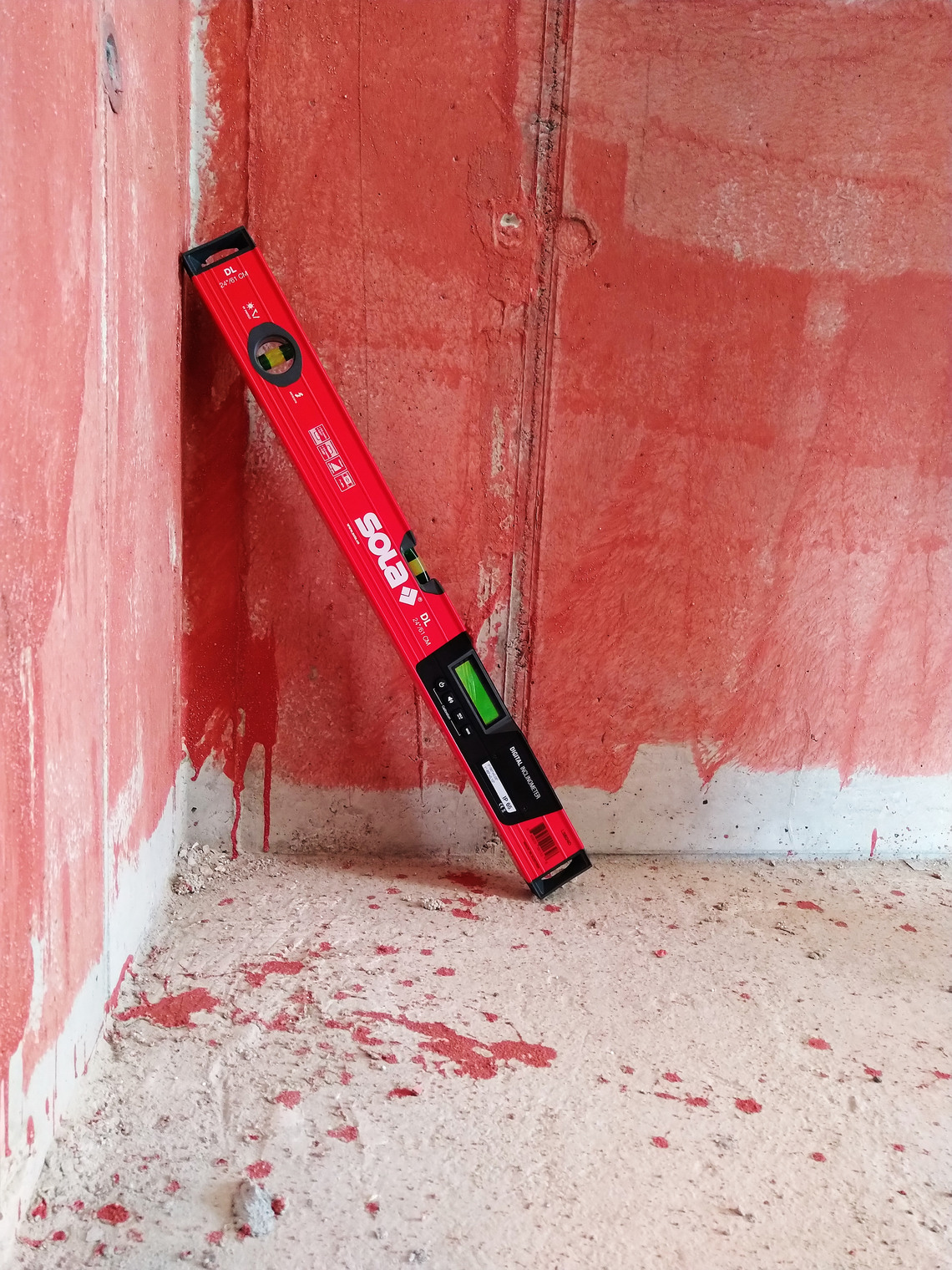Inclination & Angular Measurement With the Digital Level
Clinometers, digital instruments used for angular measurement, are fast replacing conventional angle measurement instruments, such as simple protractors. This is because clinometers are easier to handle, more reliable and provide precise readings.
Due to this, plumbers, carpenters, construction workers and laypeople alike can now use these devices for precision angular measurement of any slope without needing expert knowledge of mechanical engineering.
If you’re looking to invest in a digital level, this guide will help you understand the instrument better and explain all the quintessential features of top quality clinometers.
What Is Inclination and Angle Measurement?
The elevation or depression of any object relative to the direction of gravity is called tilt or slope. These slopes can be:
- Positive: Going upwards from the ground / moving against gravity
- Negative: Coming downwards, towards the ground / moving with gravity
The measurement of the angle of these slopes using tilt sensors, inclinometers or traditional protractors is called inclination or angular measurement.
Principle Behind Digital Inclinometers
While inclinometers used to have only two categories primarily (gravity actuated and spirit levels), advancement in technology has brought about great modification to the measuring device.
Today, these traditional types come with added features in precision models – and electronic inclination spirit levels are a prime example of this.
Digital spirit inclinometers combine the functionality of bubble levels with that of electronic inclinometers, devices that come affixed with internal gyroscopes to give accurate tilt measurement.
So typically, all a user needs to do is place the instrument on the surface that needs to be measured and they’ll receive accurate readings on the digital display.
How This Level Is Superior to Others
Digital levels are battery-operated, portable devices that provide faster and accurate angular measurements.
While they may be relatively costly, this bigger, upfront cost is attributed to their precision, efficiency and usability; they’re fit for professionals and amateurs alike.
Uses for This Level
Digital spirit levels are used for horizontal, vertical and angle measurement by:
- Carpenters
- Metalworkers
- Surveyors
- Geo-technicians
- Engineers
- Construction workers
- Stonemasons
- DIYers
Common uses include laying pipelines, road profiling, installing window sills and leveling heavy equipment.

Features and Benefits
Compared to its conventional counterparts, digital clinometers come with features that make them worth the investment.
While each device is bound to be different from the other, here are the general characteristics and benefits of using electronic inclinometers.
Easy to Use
These instruments have a digital interface that clearly presents your findings on a screen, making them easy to read and less time consuming to use.
Make sure that you don’t invest in a device with unnecessary complications; if your level has multiple settings, understand all the features before putting it to use.
It is also important to ensure that the digital level inclinometer comes with clear instructions to inform you of any new or added features you may not be familiar with.
Fast and Precise Results
Measuring angles manually can be a hassle, no matter how experienced a professional you are — it’s time-consuming and leaves room for human error.
Digital devices carry out the measurement and calculations for you and only display the final result.
When buying your inclinometer, ensure that it is angle sensitive to the tenth degree. This guarantees that your tool will provide precise results that can be difficult to calculate manually.
Measuring Range
All good digital spirit levels offer a maximum measuring range of at least 180 degrees, up to 360 degrees.
A sigh range measuring capacity allows for versatile applications of your tool and can be useful for multiple jobs. Essentially, this means that you won’t have to purchase multiple instruments for a single job.
Portability
Most digital ranges are lightweight and come in large and small versions. The small versions are easy to carry around, the right size for your toolbox and a perfect fit for corners and tight spaces.
How to Choose a Digital Electronic Level
The nature of your job goes a long way in defining what type of level you should use. Naturally, small spaces require compact models that can fit in these areas and take accurate measurements.
Similarly, using models that solve visibility issues, such as audible signal guidance or glow in the dark vials and displays, makes it easier to measure inclines even after dark or in difficult to see locations.
It also helps if your device allows you to save previous readings for future comparisons or accuracy measurements.
A good option is the SOLA DL. It comes with all of the above features so you get all the benefits of a clinometer and spirit level in one device.
How to Use Digital Levels
The easy interface and minimal manual operation of digital levels are their prime selling points. With this tool, you can get a quick and accurate reading seconds after placing your instrument on the surface.
However, these are some things to ensure before using your clinometer:
- Make sure your device is clean and dry.
- Calibrate your tool each time.
- Wait for the reading to settle before removing the instrument or noting the value.
- To get a reading of 0.0 degrees, adjust your tool accordingly.
To find out more, check the videos down below.